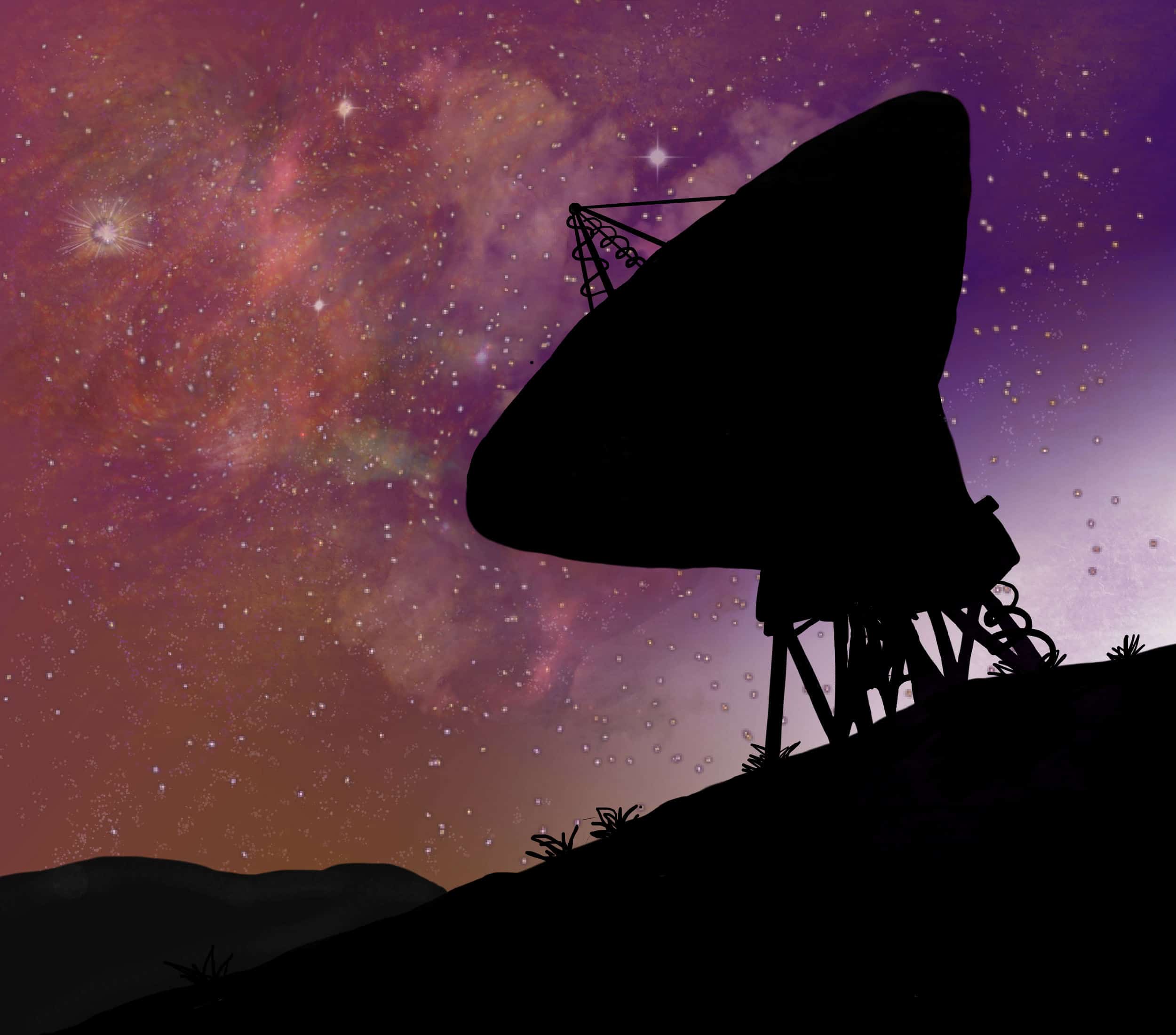The magnetic field of a galaxy similar in structure and size to the Milky Way, located 4.6 billion light years away from Earth, has been identified. The discovery of this approximately 9 billion-year-old galaxy’s stable, fully formed magnetic field revealed that magnetic fields are established early on in the development of a galaxy, and that most galaxies within our universe may be magnetic.
U of T researcher Bryan Gaensler — the Director of the Dunlap Institute for Astronomy & Astrophysics — along with a team of astronomers involved in the study, consider this discovery a crucial step forward in the understanding of the universe.
“We have previously measured magnetism in many galaxies the same age as ours. This is the first time we have measured magnetism in a galaxy this much younger. This allows us to see how magnetism has evolved in galaxies over the last five billion years,” wrote Gaensler in an email to The Varsity.
Understanding magnetism is key to understanding the structure of the universe. Without magnetism, gravity would cause the collapse of all entities into each other. “The fact that we see spectacular jets, outflows and ejections of material throughout the Universe (which ultimately leads to the recycling of material into new stars and new planets) dramatically illustrates the role of magnetism in keeping the Cosmos turning over,” wrote Gaensler.
The results of the study were difficult to attain, as the limited sensitivity and angular resolution of current radio telescopes make it impossible to detect a magnetic field directly. Twenty-seven electronically connected radio telescopes, located in the state of New Mexico and known as the Karl G. Jansky Very Large Array, were used to obtain the results.
“We studied the radio signals emitted by a very bright galaxy far behind the galaxy we were studying. The radio waves travelled through our target galaxy, and were distorted by the target galaxy’s magnetism via an effect called ‘Faraday rotation,’” explained Gaensler.
“The target galaxy also distorted the background signals in a different way through an effect called ‘gravitational lensing,’” Gaensler continued. “The lensing allows us to be sure that the Faraday rotation effect is happening in the target galaxy, rather than some random magnetic cloud along the line of sight that might have been much much closer to us.”
The measurement of the galaxy’s five billion-year-old magnetism gives astronomers a sense of how to track the rate at which magnetic fields form as well as the development of the galaxies they surround.
“The implication is that we need to understand magnetism to understand the universe,” said Gaensler in an interview with U of T News. “Nobody knows where cosmic magnetism comes from or how it was generated… But now, we have obtained a major clue needed for solving this mystery, by extracting the fossil record of magnetism in a galaxy billions of years before the present day.”
“We want to repeat this study to other galaxies (to make sure the same findings are repeated), and we want to do this again to even younger galaxies, so that we can hopefully see back in time to a stage when magnetic fields were still growing and being set up,” said Gaensler. Using cues about the sources and development of these magnetic fields, the astronomers hope to learn more about the evolution of galaxies in the universe.


